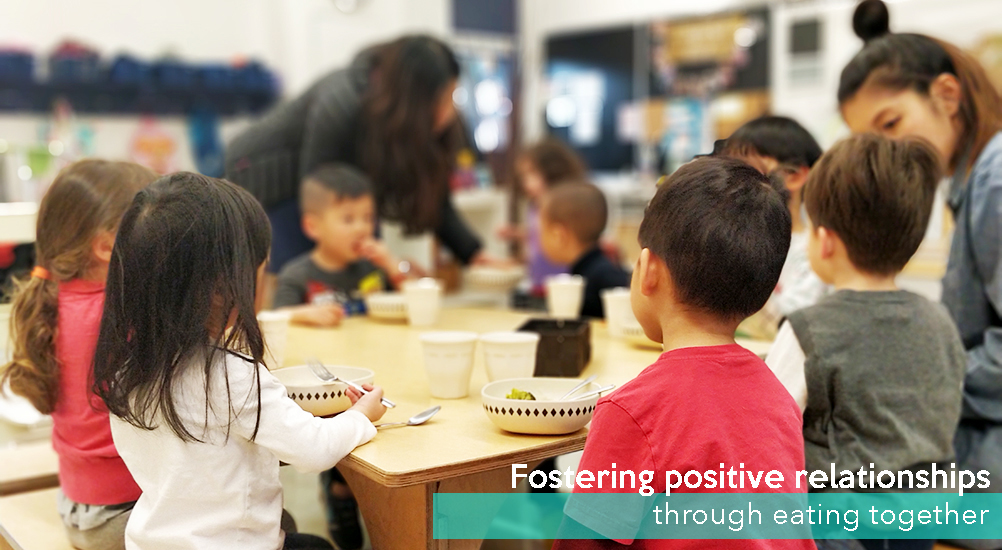As caregivers, whether parents or educators, we know that it is our responsibility to make sure the children in our care are well fed. However, what this means to one caregiver, could be a completely different perspective from another. This could depend on culture, family dynamics, education, and many other factors.
Some children are more affected by hunger than others, and when this is recognized, it can be hard to ignore the instinct one feels to get some food in the child, no matter what it is, to avoid grumpiness, tantrums, neediness, or whatever inevitable behaviour we know can be prevented with a full stomach. One may also worry about a child’s health and development, concerned that if a child doesn’t eat, he won’t grow, be able to focus, sleep, or fight off viruses and infections. When driven by these fears, what often happens is either the child is not fed a balanced diet, or is forced to eat when he doesn’t want to.
Ultimately we all want what is best for the children. So what is best?
The Canada Food Guide has recently come out with an updated version of what a healthy diet looks like. At Nest, we believe it is important to use this as a general guideline, but a bigger focus must be put on the general experience the children have with their food, making sure it’s a positive one. We can’t make children eat, but we can provide healthy options.
As adults, it’s our job to:
- Provide a variety of healthy options from each of the food groups.
- Set meal and snack times that fit with the schedule of the day and the needs of the children.
- Gather the children and model healthy eating habits
- Eat the same healthy foods that we provide for the children
- Sit together at the table for meals
- Prepare the food in ways the children can manage ie: cut into bite size pieces and cut smaller for young children to avoid choking (hot dogs, cherry tomatoes and grapes should be cut lengthwise)
As children, it’s their job to:
- Choose what to eat from the options the adults provide.
- Eat as much or as little as they want.
- Take as much time to eat as they want, within the time frame the adults provide.
Some tips for fostering positive experiences with food for the children:
- Involve the children with food preparation, in age and developmentally appropriate ways.
- Help the children label characteristics of their food items (crunchy, salty, etc.) and discuss, rather than just naming the items themselves. It can help everyone get a better idea of what types of foods the children are more comfortable with.
- Don’t bribe the child to eat with dessert.
- Respect when the child says he/she is done and avoid saying things like, “two more bites”. Children need the opportunity to feel hungry and full (even if they’re sometimes being a bit dishonest) because telling them to eat more when they tell us they are full can undermine the trust they have with their bodies’ needs, therefore teaching them to overeat.
But what if the child skips a meal?
If the weight and size of the child is on track with his/her development, then he/she is likely getting enough food overall. Children’s appetites change from day to day and they usually know when their bodies need food. With consistent expectations, they will learn that they need to eat the food that is offered when they are hungry or just wait until the next meal. Avoid offering alternatives, but feel free to tweak the menu in the future to cater to the child’s likes.
The ultimate goal should be lifelong healthy eating. By following these guidelines, we can help children create long-term positive eating habits.
- Sara Solomon (Program Manager)

